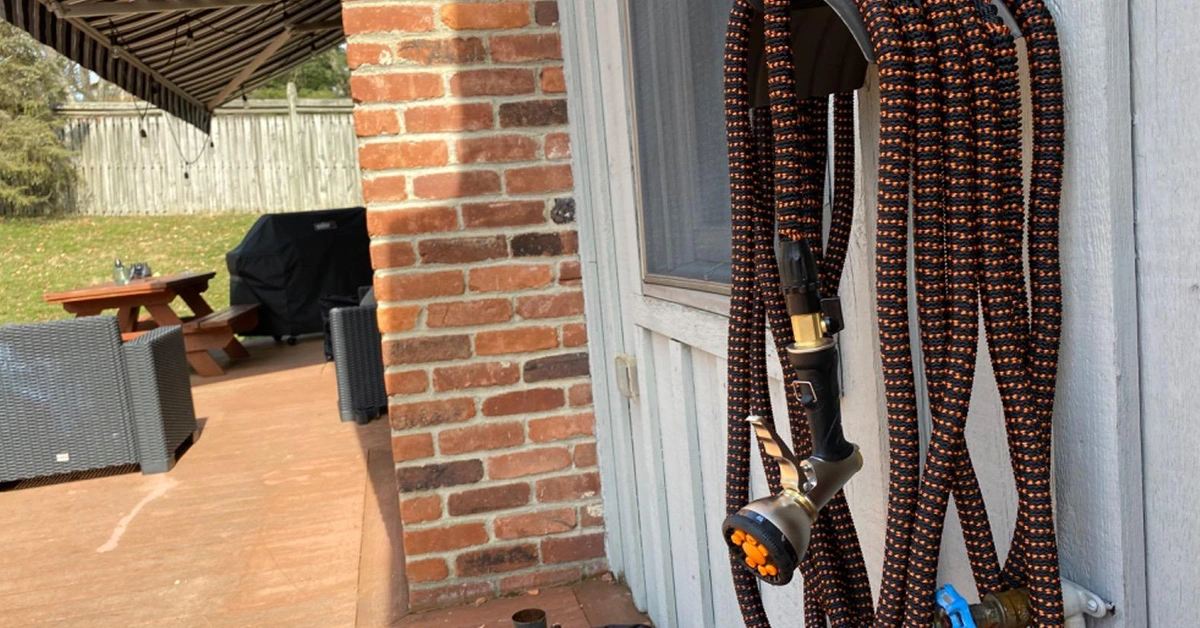
A Garden hose is a flexible tube used to water flowers and plants. It is often made from plastic or vinyl and comes in a range of diameters and lengths. Garden hoses can be used not only to transport water, but also to spray it out of the top. This is useful for tasks like washing cars and watering flowers at home or in a garden. The hoses can also be used to make water slides, as seen at many beaches and pools during the summer months.
Hosepipes are usually fitted with threaded connectors on both ends. The quality of the matching connectors is important to avoid leaks.
Another use for hoses is draining condensation from refrigerated trailers. The primary use for a garden hose is to transport water, but it can also be used to spray water out at the top for tasks like cleaning cars or watering plants. The hose can also be used to make water slides, as seen at many beaches and pools during the summer months. A garden hose can be used not only to transport water but also spray it out of the top. This is useful for tasks like washing cars and watering flowers at home or in a garden.
Hoses are also used in the oil industry for the transportation of effluents, wastewater and clear water between tanks, separators, process vessels, pumps and other vessels. These hoses are usually manufactured from rubber or thermoplastic elastomers (TPE) to meet the more stringent requirements for oil industry applications.
Garden hoses and water slides
A garden hose is a flexible tube used to convey water outdoors for gardening and landscaping purposes. It can be attached to a tap (faucet), and is typically made from plastic or vinyl. Garden hoses can also be used for recreational purposes, such as making water slides at home.
At what temp will the garden hose freeze?
During winter, garden hoses are often exposed to very low temperatures, causing them to freeze. This can make it difficult or impossible to use the hose until the weather warms up because the water inside the hose will have turned into ice and expanded, pushing against the sides of the hose with enormous pressure.
At what temperature does this happen?
Garden hoses are usually designed to resist temperatures down to 35F (2C). As such, if the outdoor temperature drops below this point, the hose may freeze. If not properly drained of water beforehand, it can be severely damaged or split open when this happens.
Should garden hoses be brought inside for winter?
The answer depends on several factors. If the hose is located in an area where there is no protection from snow and ice, or the water supply to the hose has been shut off, it may freeze and burst. This is why it should always be brought indoors if possible. If there is a risk that it will freeze while left outdoors, then the hose should also be brought inside to avoid splitting or cracking.
Garden hoses are used for watering plants on large pieces of land; the larger the garden, the longer the hose needs to be. A garden hose can either be brought inside or left outside during winter; those who decide on the latter option should make sure to drain all of the water and wrap it around a hose reel (if they have one), as well as leave it someplace where there is no risk of snow or ice buildup.
Amazon recommend
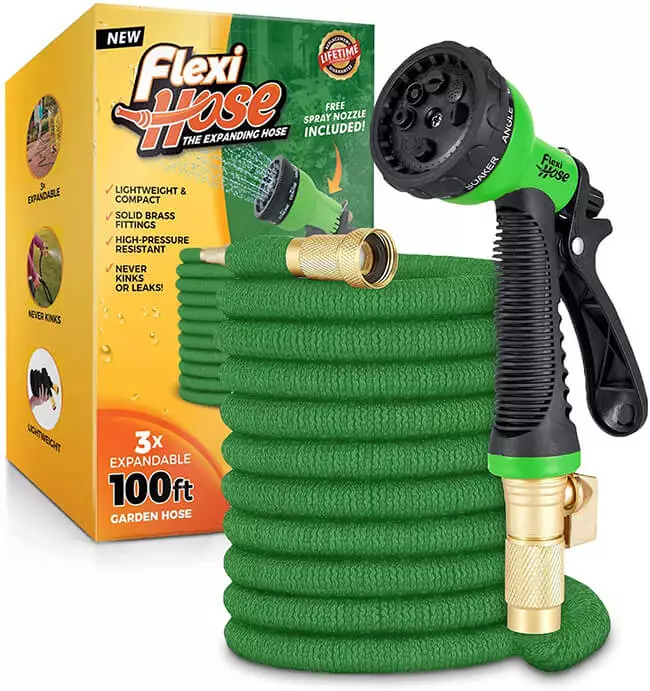
Final Words
If you live in an area where it gets very cold during the winter, you should always bring your hose inside. Those who decide on the latter option should make sure to drain all of the water and wrap it around a hose reel (if they have one), as well as leave it someplace where there is no risk of snow or ice buildup.
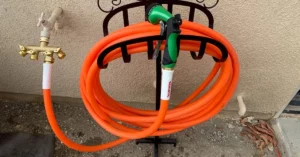
High Pressure Water Hose Guide
Contents Can You Use a Normal Hose for a Pressure Washer? Does Hose Diameter Affect Pressure? How do I make my garden hose high pressure?

What Is High Pressure Hose Used For?
Contents What is high pressure hose used for? How much PSI do I need to clean my driveway? What PSI is best for washing cars?

Rechargeable Hot Water Bottles Guide
Contents Are rechargeable hot water-bottles safe? How often should you change your hot water-bottle? How long does a rechargeable hot-water bottle last? How do Electric

Will A Heating Pad Ruin A Memory Foam Mattress?
Contents What is a Heat Mattress? Will a Heating Pad Ruin a Memory Foam Mattress? Buy Heating Pad on Amazon Conclusion One of the things
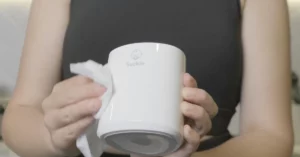
How Do You Clean A Suckle Portable Bottle Warmer?
Contents How does a suckle bottle warmer work? Do I need a bottle warmer if breastfeeding? How do you clean a suckle portable bottle warmer?
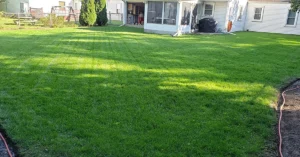
3 Tips for Take Care Lawn You Need to Know
Contents Is It Better To Water Lawn in the Morning or at Night? How Many Days a Week Should You Water Your Lawn? Should You

Emily
Head of Content @NotJustType I am a shopaholic and I am here to use my shopping experience and life skill to share to everyone. If you have any question for life, home, garden, you can let me know!
Share this article
Subscribe for weekly updates
